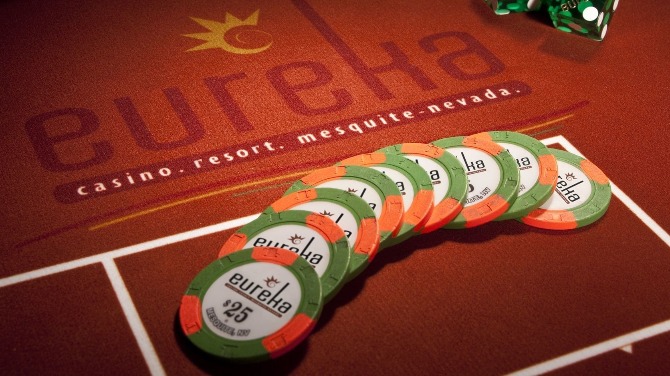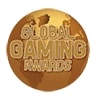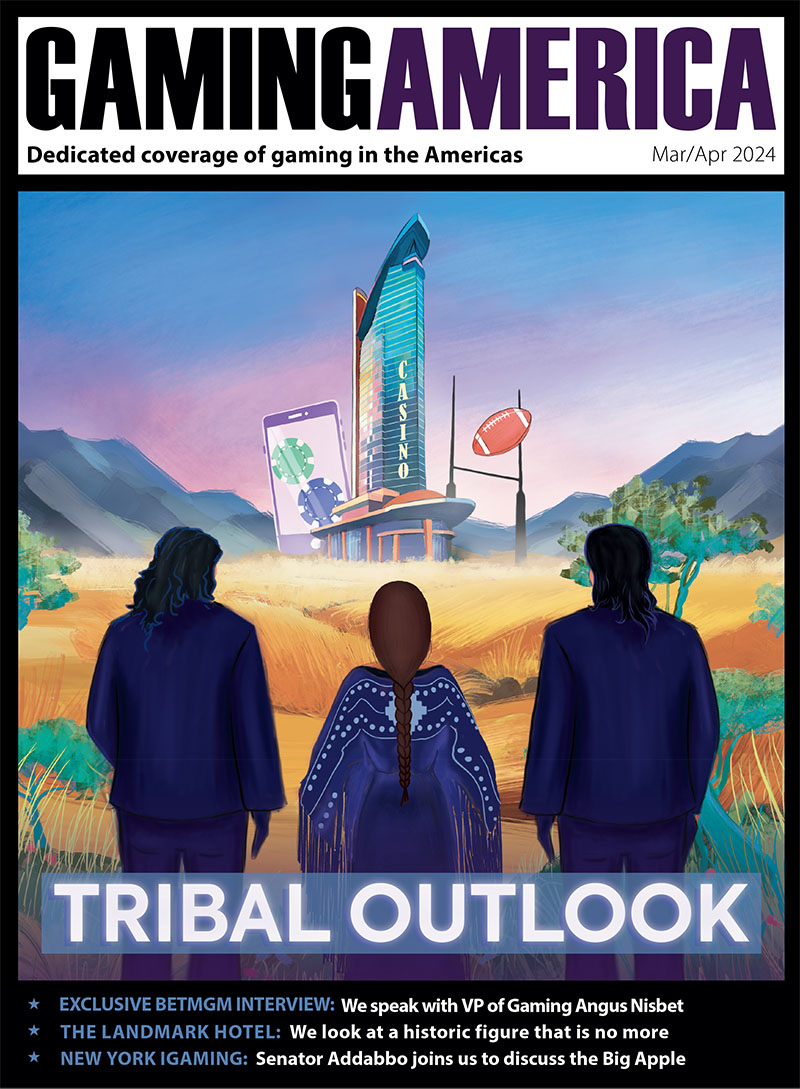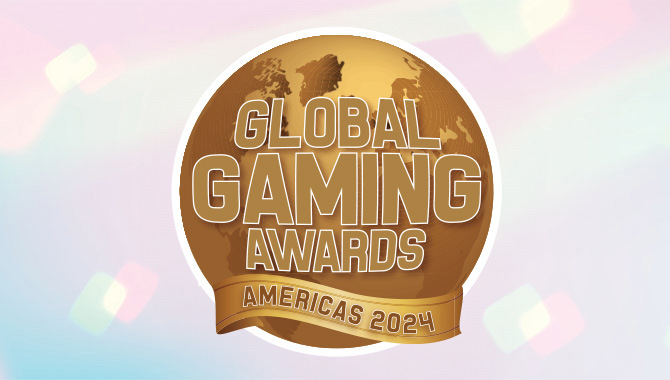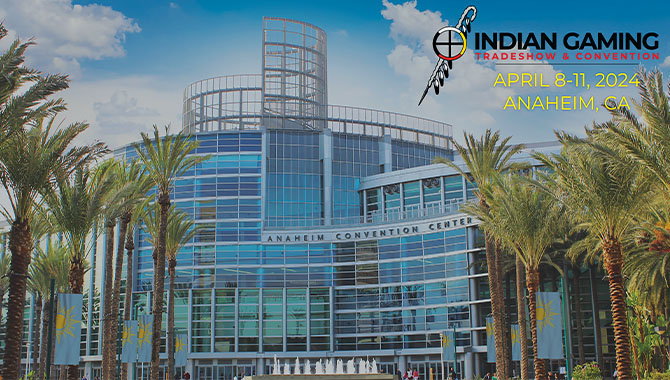.jpg)
The halls and convention space of the Rio Hotel and Casino buzzed with excitement on 30 May, as thousands descended on the Las Vegas off-Strip property’s convention space for the World Series of Poker. The annual festival boasted 89 events this year, the largest in its 50 years in existence – and the Big 50 had just kicked off the action.
The event featured a $500 buy-in and attracted the most entries in the history of the game – 28,371. That set the record for the most participants ever in a live tournament, offering a chance to win $1m. Recreational players and poker pros from around the world eagerly joined the action for a shot at a massive score.
The Big 50 points to a trend at the WSOP in recent years – offering events for every type of player with price points to match. In the past, the series moved towards a two-tier system of $10,000 and higher championship events, but also events at a lower price point of $2,500 or less to attract regular Joes looking to live out their poker dream.
That effort included a few events below $1,000, and those efforts culminated this year, with 10 events priced at $1,000 or less. As the WSOP moves into a half-century of bets, bluffs and gold bracelets, the series’ impact on the poker world is massive. Its big numbers, as well as those from other series, point to a poker appetite which seems insatiable.
Big Numbers and Continued Growth
The WSOP began in 1970 when Dallas mobster turned Las Vegas casino proprietor Benny Binion dreamed up a competition for the world’s best poker players to play against each other, and attract visitors and some press for the property in the process.
The first event was a cash game featuring a handful of mostly Texas players, but morphed into a tournament-style competition with bigger numbers in later years. The coveted gold bracelet was eventually added; a kitschy token for winners at the time that’s now become the biggest trophy in poker.
The $10,000 championship, now known as the Main Event, was considered the biggest tournament in poker, but preliminary events were also added to attract more players. The number of participants ebbed and flowed, but after everyman Chris Moneymaker’s historic win in 2003, with viewers allowed to see players’ hole cards, the popularity of the event exploded. Online poker only fuelled that growth.
In 2004, Harrah’s (now Caesars Entertainment) purchased the property after Binion’s fell on difficult financial times. MTR Gaming Group then took over operations of Binion's, but Harrah's retained the WSOP. The event now regularly breaks its own records and shows no signs of slowing down.
The financial impact from poker operations isn’t laid out in financial statements, and may not be significant when discussing a company with revenue of $8bn to $10bn annually. However, company officials say the WSOP is an important asset in the Caesars portfolio.
“The revenue that comes is mostly indirect – filling hotel rooms, restaurants, shows, and other gaming,” says Seth Palansky, Caesars/WSOP Vice President of Corporate Communications.
“So a lot of opportunities exist and the brand is very strong and globally recognized, yet revenue from live poker isn’t a significant driver for the company.”
Caesars has harnessed the power of the WSOP for ancillary revenue beyond events in Las Vegas. The WSOP Circuit features smaller buy-in series around the US and internationally. That now includes 35 different regional stops in the US and 15 international stops each year. The company also hosts the number-one-ranked social poker game, which is also licensed. Deals with ESPN, the streaming app PokerGo, and CBS All Access this year ensure fans can see tournaments live from the Rio.
The series has also embraced online poker, offering Nevada and New Jersey players a chance at nine bracelets. As if the WSOP hadn’t gained enough attention, poker pro Phil Hellmuth made some news in early June by making the final table of the first online tournament.
All these elements point to not just a healthy WSOP, but a poker ecosystem that is thriving. The game continues to grow internationally and some numbers offer insight into not just the WSOP’s success, but how eager players are to get in on the action now. This summer, the series reached the $3bn mark in prize money paid out. Of that, $2.8bn came in the last decade alone. Also of note, the 2004 event featured 14,054 entries overall, which has been more than doubled 15 years later just in the Big 50.
“This has become a 52-week business for us, not just the summer pilgrimage it once was,” Palansky says. “The demand and appetite for poker has never been stronger and we feel very fortunate to be stewards of the WSOP brand at this moment in time.”
An Expanding Ecosystem
Along with growing numbers of WSOP players, casinos around Las Vegas benefit from the influx of players to the city each summer. That goes beyond added cocktail and show ticket revenue. Major tournament series in every price range can be found at properties ranging from the Wynn and Golden Nugget to the Orleans and Binion's. Poker is king during the summer in Las Vegas, despite temperatures regularly topping 110 degrees.
Other major tournament series are also seeing growth. The World Poker Tour stages numerous major tournaments around the globe each year. Along with its highest-level Main Tour, the WPT also runs smaller buy-in events. In 2018-19, the tour featured stops from Maryland to Montreal and Las Vegas to Vietnam.
The tour recently signed a major deal with TV Azteca to expand its TV show and tournament offerings into Latin America. WPT success has also included increased brand sponsorship outside the poker world and recent event partnerships with online operators PartyPoker and 888Poker.
Entering its 18th season in July, record numbers have flocked to numerous stops in recent months. In March and May, the WPT held its first televised final tables in Las Vegas at the Luxor’s high-tech HyperX Esports Arena. The WPT sees major tours as complementary to each other, as CEO and President Adam Pliska noted in June at the tour’s media day as part of its season-ending final-table productions.
“I remember in the early days of the WPT, we set ourselves up with this almost adversarial relationship,” he said of the WSOP. “I’m so glad that’s over. We’re going to be competition and we’re going to do our best to find things that are unique in competition, but we’re in dialogue and we’re respectful of players playing at the series. We want everyone to succeed.
“In terms of ratings, we never benefit more than when the World Series of Poker is on. Why? Because poker is in the air and people are thinking about it.”
Thinking about poker often translates to playing the game at some level. Smaller tours see the larger tours as a means to an expanded market, with players jumping in these events as well as playing bigger events like the WSOP and WPT. Tana Karn is founder and CEO of the RunGood poker clothing label and RunGood Poker Series (RGPS).
The RGPS caters to weekend warrior players looking for an enjoyable tournament experience at smaller price points. The tour stops at smaller casinos in states like Oklahoma, Iowa, Missouri and others. Like Pliska, Karn sees the overall growth of the industry as good for business.
“Success in the poker industry is a win for everyone regardless of tier,” he says. “The growth of the game at any level benefits every tour at every tier. The RGPS has always been about adding to that growth in unique ways that the bigger tours aren’t able to. That goes both ways as well. The WSOP and WPT grow the game in ways the RGPS wouldn’t be able to. So any tour’s success is everyone’s success.
”It’s a poker ecosystem the WSOP continues to feed and help grow. Almost 50 years since those original handful of players gathered in downtown Las Vegas, poker is bigger than ever and has become big business. Many of those original players who often looked for high-stakes action in back rooms and underground games would marvel at where the game is today.
“Poker is alive and well,” Palansky notes. “What people fail to realize is how accessible the game has become in the last 10 to 15 years. From the ability to play on your computer to the myriad of social poker games offered, never before has the game been so accessible to the masses.”
“As a result, the WSOP ends up capitalizing on this growth, because once you become familiar with poker, there’s a road leading to the WSOP somewhere around the globe.”
Sean Chaffin is a freelance writer in Crandall, Texas, and senior writer for Casino Player and Strictly Slots magazines. His work appears in numerous websites and publications. Follow him on Twitter @PokerTraditions or email him at [email protected] for story assignments.

